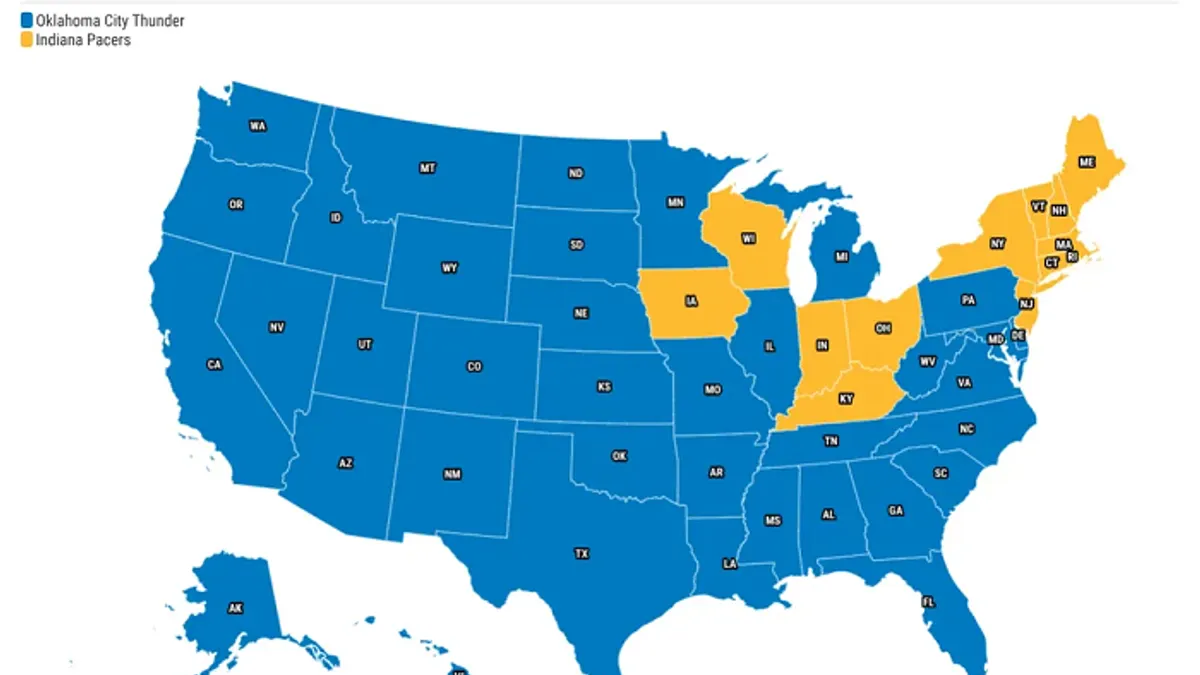Microsoft Takes Down Lumma Password Stealer Malware
Microsoft and law enforcement successfully disrupted the Lumma malware operation, a widespread password stealer infecting over 394,000 Windows PCs globally. This coordinated effort involved seizing over 2,300 command-and-control server domains used by the malware.
How Lumma Malware Works
Lumma is an info-stealer malware often found in pirated games and cracked applications downloaded from untrusted sources. Once a computer is infected, Lumma steals sensitive data, including:
- Login credentials
- Passwords
- Credit card information
- Cryptocurrency wallets
This stolen data is then sold to other cybercriminals. Lumma can also act as a backdoor, allowing hackers to install additional malware like ransomware.
Global Impact and Microsoft's Response
The Lumma malware primarily affected users in Brazil, Europe, and the United States. Microsoft took swift action, obtaining a court order to seize the malicious domains and disrupt the malware's infrastructure. The Justice Department also seized five domains crucial to Lumma's operation.
Protecting Yourself from Password Stealers
Password-stealing malware like Lumma highlights the importance of strong cybersecurity practices. Similar malware has been linked to major data breaches at companies like PowerSchool and Snowflake. To protect yourself:
- Download software only from trusted sources.
- Use strong, unique passwords for each online account.
- Enable two-factor authentication whenever possible.
- Keep your software updated with the latest security patches.
Microsoft's disruption of the Lumma operation is a significant win in the fight against cybercrime. By staying informed and taking proactive steps, users can better protect themselves from these evolving threats.









